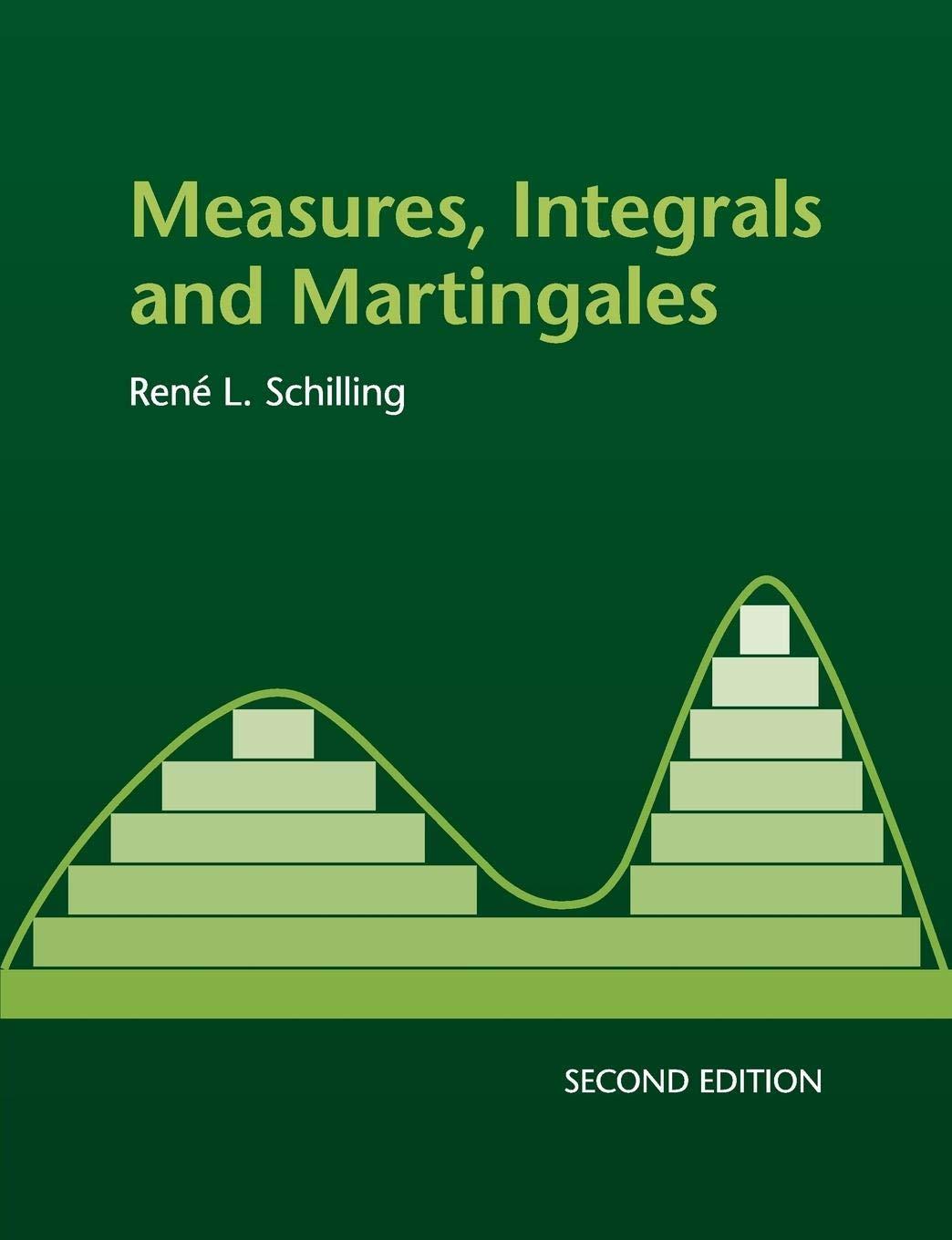A weak form of the uniform boundedness principle. Consider the real Hilbert space (ell^{2}=ell_{mathbb{R}}^{2}(mathbb{N})) and let (a=left(a_{n}ight)_{n
Question:
A weak form of the uniform boundedness principle. Consider the real Hilbert space \(\ell^{2}=\ell_{\mathbb{R}}^{2}(\mathbb{N})\) and let \(a=\left(a_{n}ight)_{n \in \mathbb{N}}\) and \(b=\left(b_{n}ight)_{n \in \mathbb{N}}\) be two sequences of real numbers.
(i) Assume that \(\sum_{n=1}^{\infty} a_{n}^{2}=\infty\). Construct a sequence \(\left(n_{k}ight)_{k \in \mathbb{N}}\) such that \(n_{1}=0\) and \(\sum_{n_{k}
(ii) Define \(b_{n}:=\gamma_{k} a_{n}\) for all \(n_{k}
(iv) State and prove the analogue of (iii) for all separable Hilbert spaces.
Remark. The general uniform boundedness principle states that in every Hilbert space \(\mathcal{H}\) and for any \(H \subset \mathcal{H}\) one has
\[
\sup _{h \in H}|\langle h, gangle|<\infty \quad \forall g \in \mathcal{H} \Longrightarrow \sup _{h \in H}\|h\|<\infty
\]
Interpreting \(\Lambda_{h}: g \mapsto\langle g, hangle\) as a linear map, this says that the boundedness of the orbits \(\Lambda_{h}(\mathcal{H})\) for all \(h \in H\) implies that the set \(H\) is bounded. This formulation persists even in Banach spaces. The proof is normally based on Baire's category theorem, see Rudin [43].
Step by Step Answer:






